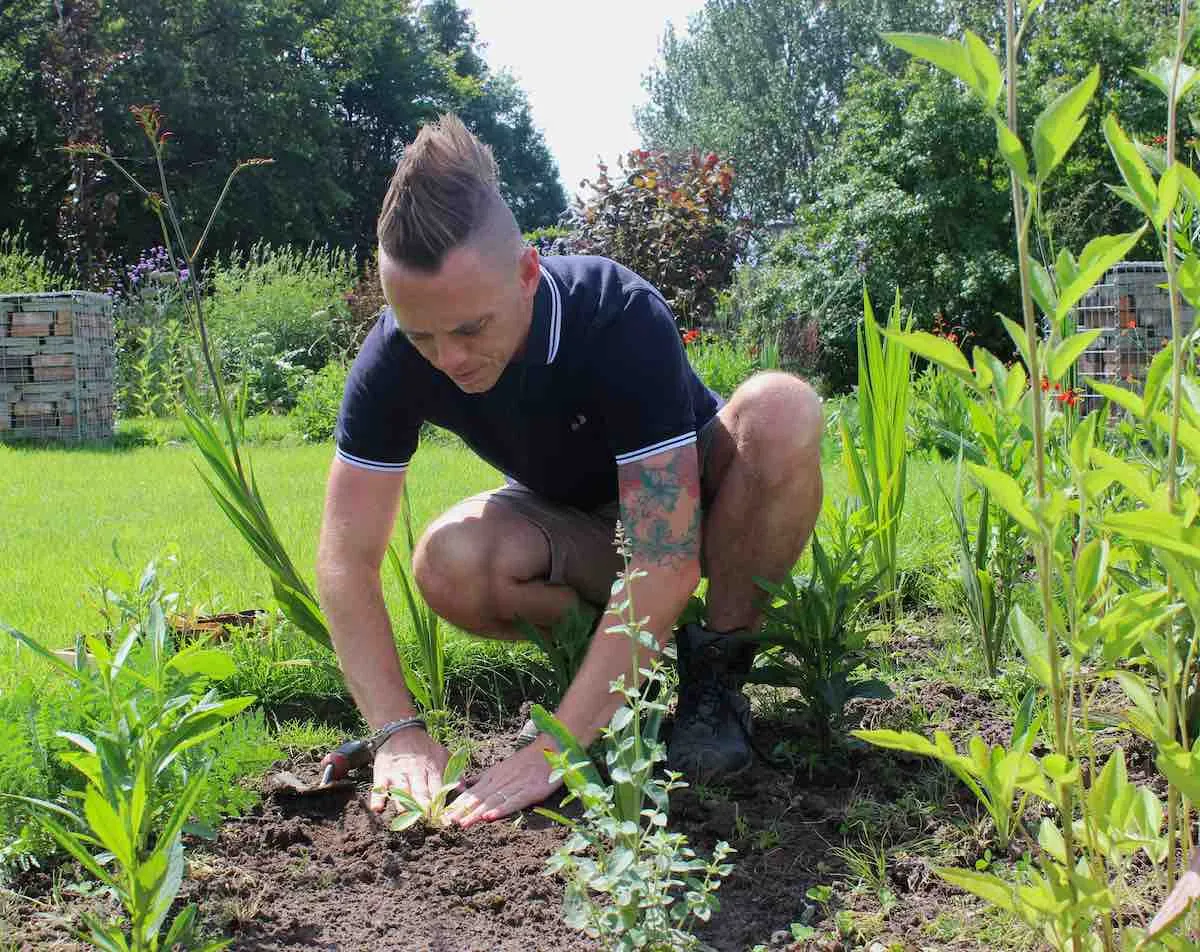Hi @kat
Thanks for your comment. Looking up close at the Forsythia it looks like its got some form of rust probably from the very wet spring and summer we have had. The good news is Forsythia is pretty much bomb proof, so although unsightly it won't harm it much. But what is rust you may ask?
Plant rust is a fungal disease that affects a wide range of plants, causing distinctive rust-colored, orange, yellow, or brown spots or pustules on leaves, stems, and other plant parts. I can spot them on the upclose leaves and the fact they have turned yellow is down to the rust.
These spots are actually clusters of fungal spores that spread the disease to other plants, often through wind or water. Rust can weaken plants by interfering with photosynthesis, leading to reduced vigour, leaf drop, and sometimes even plant death if left untreated. This disease thrives in warm, moist conditions, making it more common during humid weather. Treatment typically involves removing infected plant material, improving air circulation, and applying fungicides (not very effective and quite damaging to the environment) when necessary.
As Forsythia flower in late winter you should still get good blooms but DONT PRUNE IT until its finished flowering or you'll cut off all the potential buds for next year.
Happy gardening.
Lee Garden Ninja
Hi @kat
Thanks for your comment. Looking up close at the Forsythia it looks like its got some form of rust probably from the very wet spring and summer we have had. The good news is Forsythia is pretty much bomb proof, so although unsightly it won't harm it much. But what is rust you may ask?
Plant rust is a fungal disease that affects a wide range of plants, causing distinctive rust-colored, orange, yellow, or brown spots or pustules on leaves, stems, and other plant parts. I can spot them on the upclose leaves and the fact they have turned yellow is down to the rust.
These spots are actually clusters of fungal spores that spread the disease to other plants, often through wind or water. Rust can weaken plants by interfering with photosynthesis, leading to reduced vigour, leaf drop, and sometimes even plant death if left untreated. This disease thrives in warm, moist conditions, making it more common during humid weather. Treatment typically involves removing infected plant material, improving air circulation, and applying fungicides (not very effective and quite damaging to the environment) when necessary.
As Forsythia flower in late winter you should still get good blooms but DONT PRUNE IT until its finished flowering or you'll cut off all the potential buds for next year.
Happy gardening.
Lee Garden Ninja
 Lee Burkhill: Award Winning Designer & BBC 1's Garden Rescue Presenters Official Blog
Lee Burkhill: Award Winning Designer & BBC 1's Garden Rescue Presenters Official Blog



